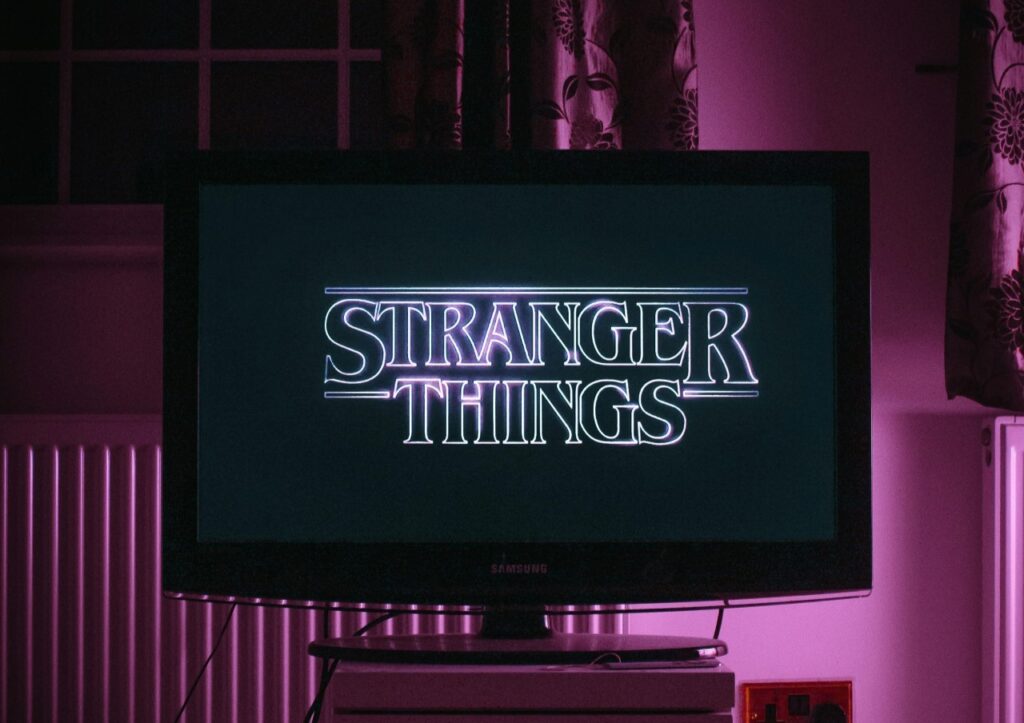The cost and complexity of integrating traditional video and high-definition media platforms can often be too great even for experienced programmers and developers. That’s exactly why programmable video APIs, or application program interfaces, exist. They are a set of routines, protocols, modules and tools for building software applications — usually to implement existing elements such as video.
And, wouldn’t you know it, there are programming video APIs which developers can leverage for their own projects. APIs are both powerful and flexible, and often much less time-consuming and more reliable than the alternatives.
This is because a developer or programmer isn’t starting from scratch. Instead, they can introduce an API, often with specific capabilities, into an existing software application, including mobile apps.
In this way, you can add video capabilities in your app or tool without developing the entire system and backbone yourself.
Of course, it requires a working knowledge and experience of APIs in general, which is a good skill for any developer to possess.
The 3 Most Promising Programmable Video APIs Available
As you may know, the important question is not whether these platforms or strategies exist. The question should be, which are the most relevant and accessible? We chose three budding and reliable video APIs that are each beneficial in their own right.
1. Twilio
Looking for real-time voice, video and screen-sharing support for your app or software? Think Skype or Google Hangouts, only implemented in the environment of your choosing.
If that describes you, Twilio is the way to go. It offers a full and expansive API and toolset for developers.
There are video SDKs for Android, iOS and JavaScript, which means you can work with whatever platform you know best. It also means, once developed, your content and platform can be ported much more easily to the other channels.
What does Twilio have in particular? Well, besides the live video support, there is a wide variety of documentation and manual portals where you can learn how to implement the API and make appropriate calls from within your apps.
Twilio is a premium API technology, but you can always sign up for a free trial key to give it a shot before spending any money. It also offers programmable SMS, voice and VoIP capabilities. What more could you ask for, really?
2. Synq
Synq is a relatively minimal, yet efficient, video API and toolset for software developers of all kinds. It handles the storage, uploading and downloading of content, transcoding and, of course, playback. All of these are available via responsive API calls.
You will be issued an exclusive API key for free, which will work unhindered for 14 days during a trial period before you have to pay. That brings the biggest drawback to Synq into light: it’s a premium API service, unlike some of the other open-source and community-based options out there.
But that also means the support offered is more robust. You get access to faster deployments, extensive documentation and manuals, a working video infrastructure and much more. Plus, the premium nature ensures there will be less downtime and faster recovery if and when a problem occurs.
3. Kaltura
Kaltura is an open-source video API platform for developers and software engineers. It’s designed to offer not just video playback and facilitation, but also full customization options. In other words, if you have the knowledge and skills, you can extend, further develop or augment nearly all features and functionality that Kaltura offers.
Want to display your video content in a way that’s different than the default config options? No problem — you can develop your own system for doing so, using Kaltura’s API.
Kaltura’s API can do numerous things, including ingest content, create and manage storage and control profiles, capture and relay performance and user analytics, and much more. Not to mention: the official documentation, support tools and surrounding community are all extremely helpful and engaging. Plus, there are client libraries for all the major SDKs, including Ruby, Java, .Net and more.
Recent Stories
Follow Us On
Get the latest tech stories and news in seconds!
Sign up for our newsletter below to receive updates about technology trends















